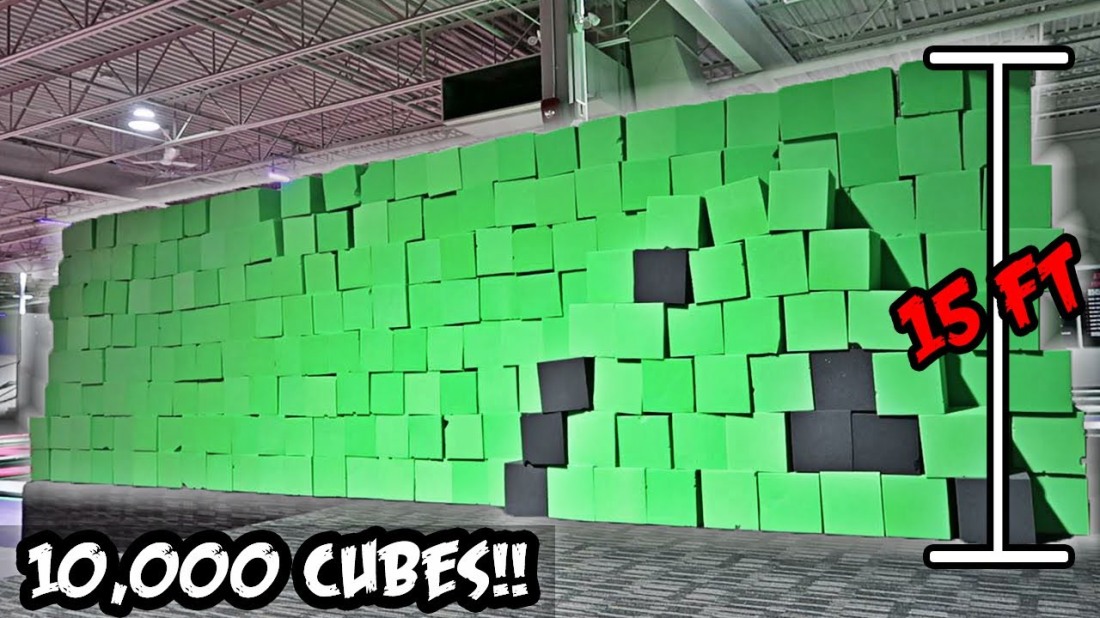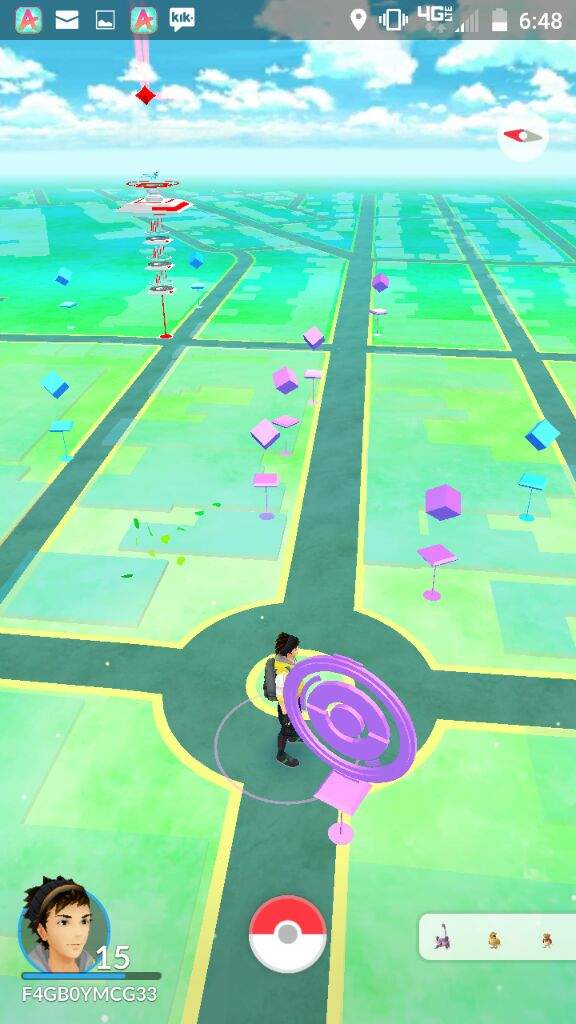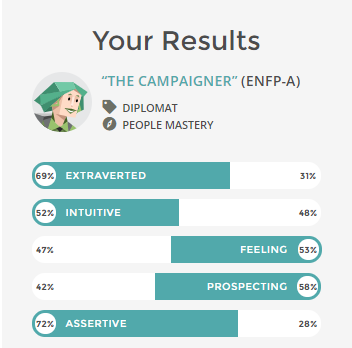Will – https://wdmontgomeryserious.game.blog/
Brendan – https://etchermask.wordpress.com/
Louis – https://lousblog238092112.wordpress.com
Genre:
AR Scavenger Hunt
Audience:
Children aged 5-10 and their families
Primary Objective:
The primary objective of this project is to create a fun and educational experience for young kids and their families to enjoy. We want to utilize this advanced technology to create something that people of all ages can enjoy, and learn something while they play. This project is supposed to help kids understand the importance of the world’s history while also showing them that learning can be fun.
Introduction to Game:
The objective of the player(s) is to use the provided tools (small shovel and duster), to uncover the various buried dinosaur bones and fossils that are spread throughout the sandbox. Once uncovered, the AR technology will make the fossil come alive with a unique animation for each of the bones/fossils. Each animation will improve the experience and add an extra sense of immersion and flare to the exhibit. Depending on the location of the uncovered fossil, there is a chance that the animation will react to another uncovered fossil, depending on the distance. The exhibit will have the ability to change the theme depending on the day or special occasion. Some of the themes that we could do, with the AR technology are Egypt, or other countries in Africa/around the world, etc…
Research:
https://www.brighthub.com/environment/science-environmental/articles/106014.aspx
Game Control:
-
Player walks around holding a phone/tablet with the corresponding AR dig game running.
-
Tablets may be provided by group running exhibit, along with shovels and buckets to dig through sand
-
Scan a QR code in playroom to activate activity
-
Load visual surrounding dig site one user walks to predetermined center point of activity. This would likely be the center of the sandbox space
-
From here, the player(s) would move outward and dig for the plastic figures
-
Phone/tablet vibrates when in close proximity to a potential dig
-
Once found, scan QR code attached to plastic dino to view a animation of the dinosaur
-
Dinos/plants/objects scanned in close proximity to others may fight/eat/interact with each other in animation
Interface/Information:
-
Square outline reticle centers QR code alignment
-
Drop down bar listing potential digs in top left corner
-
Bottom right lists found dinos/plants
-
Bottom left corner lists game inventory:
-
Ar dig flag site markers
-
“Journal”
-
Found objects
Game Mechanics:
-
Use tablet to initiate activity
-
Digging for plastic figures
-
Watching animation of figure that is dug up
-
Selecting digs from tablet
-
Vibrating phone/tablet when in proximity to a figure
-
Finding different types of figures such as plants, dinosaurs, and different objects
Sixty seconds of play:
The player will obtain the AR dig app on their mobile device/tablet. They’ll then reach into the sandbox and start digging out from the marked area. They’ll look for plastic figurines and the phone or tablet will vibrate when they are in close proximity to the object. When the player finds an object and then scans the code on the object, an animation of the dinosaur or plant they’ve dug up will play. When two objects are scanned in close proximity their animations may interact on the tablet. The player can then continue their dig until they find the remainder of the figurines and objects.
Link to similar game:
https://www.youtube.com/watch?v=IlvZ-tOqZOg
https://www.youtube.com/watch?v=xktNGCyTtEw
Assessment:
Entities Objective:
The entities primary objective is to create a more fun, educational and immersive experience for children and their families to enjoy when visiting the museum.
Our Objective:
To assist the entity in creating a more captivating and engaging, educational and fun experience for children and their families to enjoy while partaking in the sandbox exhibit, learning about a variety of different dinosaurs and plants by using modern day Augmented Reality technology which will demonstrate visual animations to make learning more exciting.
3 Assessment Values to Measure the Success of the Objective:
-
How many people visit the exhibit in an average day
-
How long people stay at the exhibit for
-
How people rate the exhibit
How each Assessment Value applies to the Objective:
-
How many people visit the exhibit in an average day
-
The average number of people visiting the exhibits shows how successful the exhibit is and its ability to bring in crowds.
-
How long people stay at the exhibit for:
-
The amount of time in which people stay at the exhibit demonstrates how immersive and interesting the game is to those participating in the activity.
-
How people rate the exhibit
-
Using a quick rating system that pops up after the guests are done with the exhibit the entity will be able to know what the average reception of the exhibit is.







